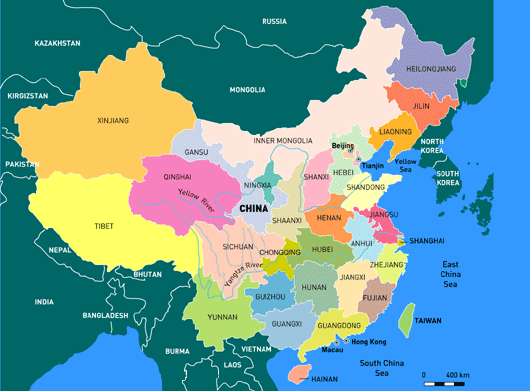Where in China are my intellectual property rights most safe, or where in China can I enforce my IPRs best in case of an infringement or commercial dispute? To answer these questions one should ask first where is intellectual property most developed in China? You mean where in China do they most apply for patents registration, trademark registration or software copyright registrations? Or where these were most granted? Or where they enforce intellectual property infringements the most? But if they enforce intellectual property the most, does that mean that that region has the most infringements? Each question poses new questions. To be able to answer the first question “where is IP most developed in China” will remain complex. One can argue that it has to do for the most part with the experience, education and fairness of the People’s courts; are they prone to corruption or local protectionism (localism), can they make impartial independent non-political decisions?
To reduce the complexity and come up with a workable answer IP Dragon has consistently written that Beijing, Shanghai and Shenzhen have the best People’s courts for IP litigation, based on research and experiments of people in the field. The National Intellectual Property Development and Research Center (国家知识产权发展研究中心) of the State Intellectual Property Office (SIPO) seems to confirm this. It published a report about the intellectual property development in different regions in China in the five years between 2007 and 2012.
The report ranked provinces and cities based on:
- 4 primary indicators (creation, utilization, protection, environment); 10 secondary indicators and 40 tertiary indicators.
Read the 2012 National Intellectual Property Development Report (2012 年全国知识产权发展状况报告) here in Chinese.

